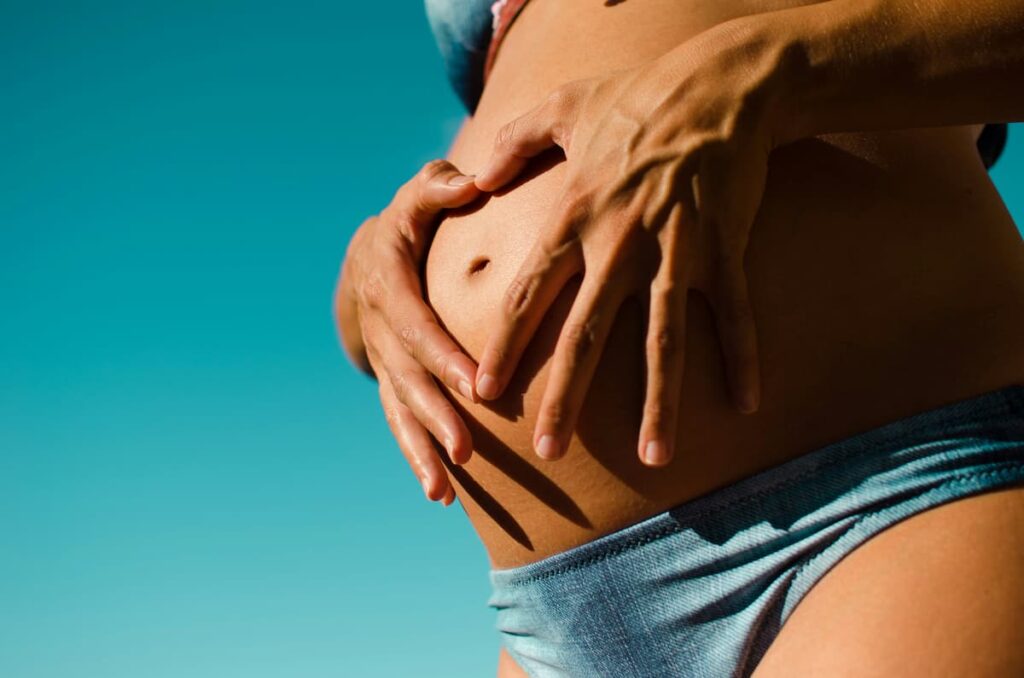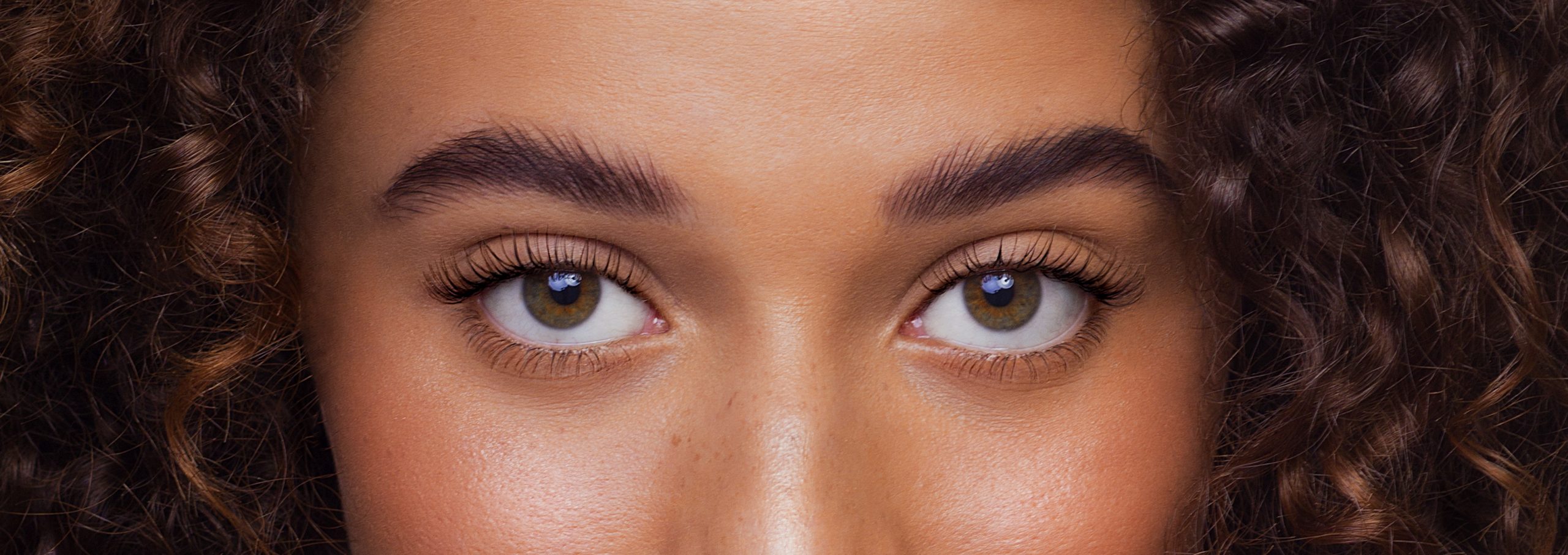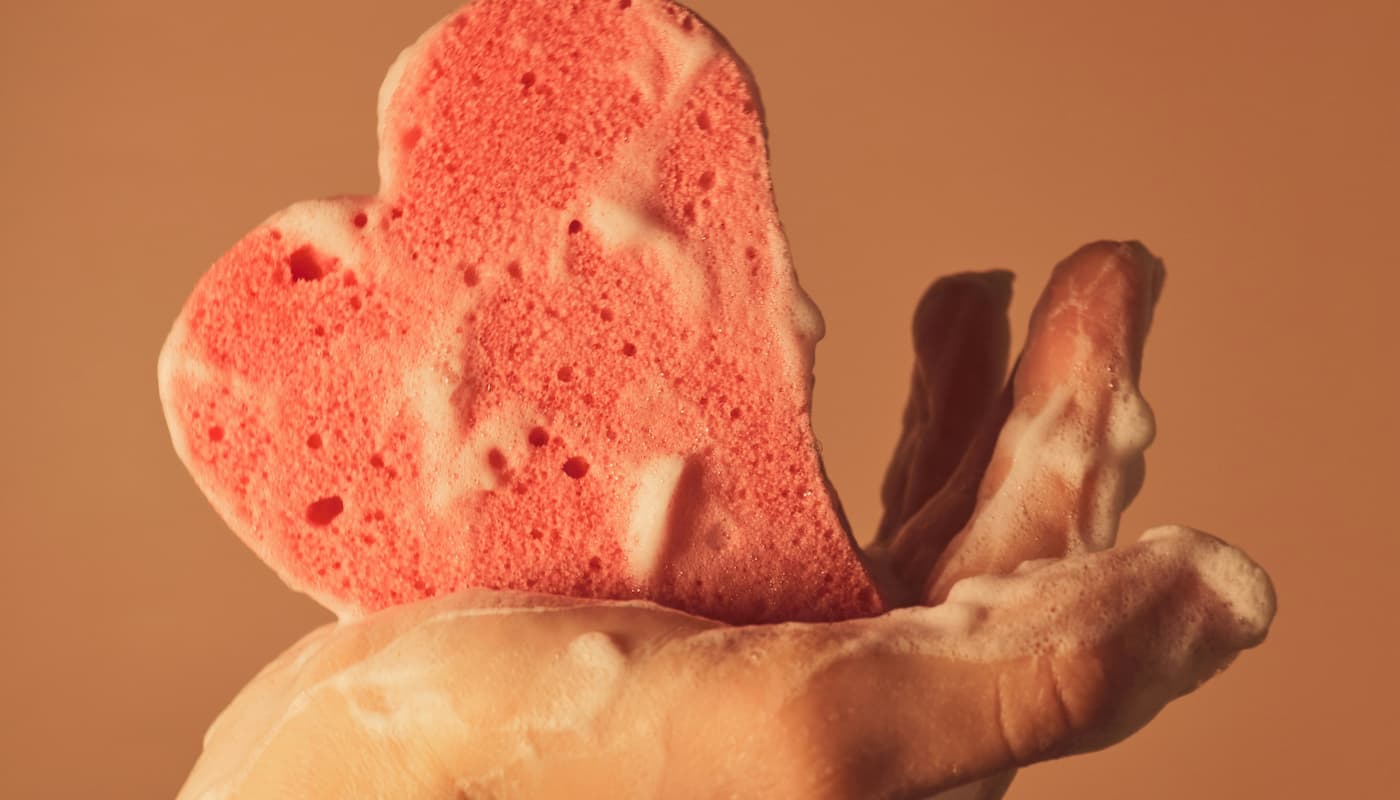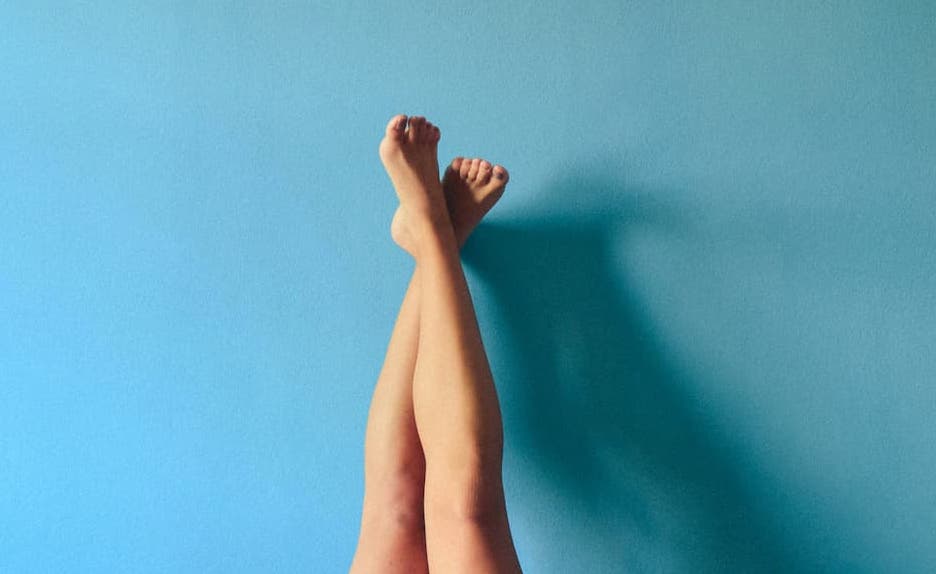
Pregnancy brings a whole lot of beautiful changes — and a few surprising ones, like extra hair growth and suddenly super-sensitive skin.
When shaving becomes harder (thanks, bump) and hygiene or comfort starts to matter more, many mums-to-be begin wondering if waxing while pregnant is a safe option.
This guide breaks down whether it’s safe to get waxed during pregnancy, what to consider, and how to keep your skin happy and comfortable throughout.
How Pregnancy Changes Your Skin (and Why It Matters for Waxing)
Pregnancy hormones like oestrogen and progesterone can boost hair growth — sometimes in new spots like the tummy, bikini line, and even the face.
At the same time, your skin often becomes more sensitive and reactive, thanks to increased blood flow and stretching, which can make waxing feel a little more intense.
Add in a growing bump that can make shaving tricky, and it’s no surprise many mums-to-be turn to waxing for comfort and convenience.
Is Waxing Safe During Pregnancy?
For most mums-to-be with a low-risk pregnancy, waxing is generally considered safe. There’s no evidence that waxing harms your baby, and plenty of women continue their normal grooming routines right through pregnancy.
However, safe doesn’t mean zero precautions. Hormonal changes can make your skin more sensitive, increase blood flow, and heighten discomfort — and positioning gets trickier as your bump grows.
That’s why choosing a qualified, experienced professional, a clean salon environment, and the right technique and products is important.
As always, if you have a high-risk pregnancy, skin conditions, or any concerns, it’s best to check with your healthcare provider first before continuing with intimate or body waxing.
What Areas Are Safe To Wax During Pregnancy?
Most common waxing areas — like legs, arms, underarms, and the face (brows + upper lip) — are generally safe and straightforward during pregnancy, especially when you’re working with an experienced waxing professional.
These spots typically involve less sensitivity and easier positioning even as your bump grows.
Bikini waxing and Brazilian waxing is also usually fine for women with a low-risk pregnancy, but the area can feel more sensitive due to increased blood flow and hormonal changes.
Hygiene and proper technique matter more than ever here, so choose a reputable salon and always let your therapist know you’re expecting.
You may want to hold off or postpone waxing if:
- You’ve never been waxed before and pregnancy is your first time (it may feel more intense)
- You’re in the late third trimester and lying on your back is uncomfortable
- You have skin irritation, rashes, varicose veins, or infections in the area
- You’re in a high-risk pregnancy or your doctor has advised caution with body treatments
Most mums-to-be find the second trimester the most comfortable time to wax — morning sickness usually has eased, and your bump is still manageable.
Potential Risks to Be Aware Of
- Increased sensitivity & pain — pregnancy hormones can make waxing feel more intense
- Higher chance of skin reactions — redness, irritation, ingrown hairs, or folliculitis
- Hygiene matters — avoid salons that reuse wax or double-dip applicators (infection risk)
- Skip if you have skin issues — rashes, open cuts, varicose veins, melasma patches, or scar tissue in the area
- Positioning discomfort — lying flat gets harder in the third trimester
- High-risk pregnancies — speak to your doctor first if you have placenta issues, high BP, or complications
- Close to due date — some salons recommend avoiding intimate waxing right before labour
The Bottom Line
Yes — you can get waxed during pregnancy, and for many mums-to-be it’s a comfortable and confidence-boosting option.
But every pregnancy and every body is different, so it’s important to listen to your skin, choose a hygienic and experienced salon, and take things slowly if you’re more sensitive than usual.
Follow Good Waxing After Care Practices
Waxing aftercare makes big difference too. Keep the area clean, wear loose clothing, avoid heat and tight leggings for 24 hours, and moisturise gently to help your skin recover.
A little TLC goes a long way in keeping irritation and ingrowns at bay while your skin is more reactive.
Always Seek Proper Medical Advice If Unsure
And if you ever feel unsure — whether it’s your first wax, you’re experiencing skin changes, or you’re in a high-risk pregnancy — don’t hesitate to speak with your doctor or midwife first.
Your comfort and wellbeing come first, always. Smooth skin is wonderful, but feeling safe, supported and confident matters even more.
Related Content
- Can You Workout After Waxing?
- Salon Vs At-Home Waxing
- Waxing vs Shaving
- How To Get Ready For A Brazilian Wax



